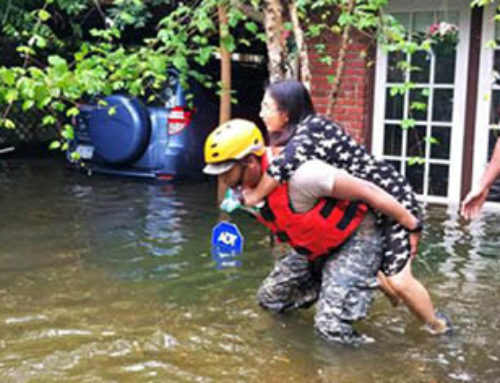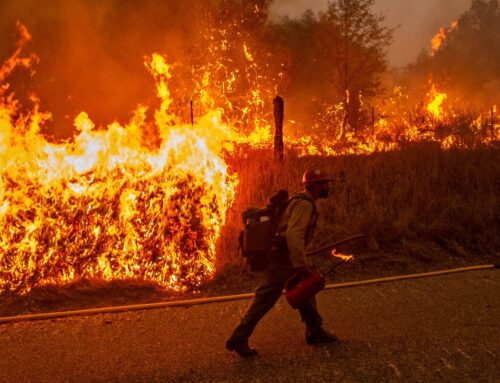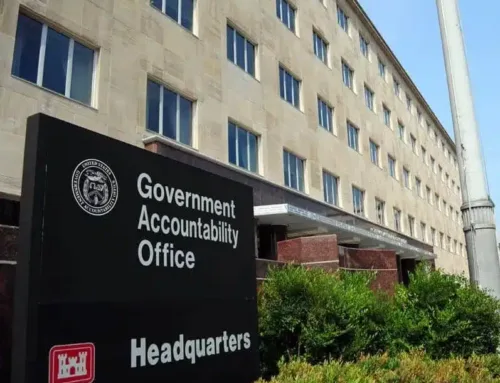Agriculture subsidies take many forms – from direct spending in U.S. Department of Agriculture (USDA) programs, to crop insurance subsidies, to governmental mandates and purchases intended to increase crop prices and subsidize farm incomes. While many agricultural practices contribute to climate change, the sector is uniquely positioned to be a partial solution to this pressing problem. Through increased adoption of conservation practices, deployment of efficiency improving technologies, and targeted public investments, agricultural greenhouse gas emissions can be greatly reduced.
As a whole, however, the current farm safety net discourages investment in smart conservation practices that promote climate and financial resilience. If federal farm programs like crop insurance and ad hoc disaster aid are not reformed to promote pre-disaster resilience instead of post-disaster payments, there will be little incentive for agricultural interests to invest in practices that combat climate change.
Increasing federal spending on climate mitigation research, conservation technical assistance outreach to farmers and ranchers, and targeted climate-related investments in effective farm bill conservation programs are worth pursuing. But increased spending alone cannot curtail agriculture’s climate damages or harness its potential as a solution.
Washington must also reorient federal farm programs to promote innovation and resilience instead of dependence on federal subsidies. Coupling farm safety net supports to improved conservation investment and performance will help reverse the current incentive structure that promotes practices that damage the environment, increase climate risks, and make farmers more dependent on federal subsidies.
Real progress on climate takes more than dollars, it also requires change.
Read more:
- TCS Comments on USDA Climate Smart Ag Program: Public comments to the U.S. Dept. of Agriculture on future climate initiatives and programs pursued by the Administration versus Congress.
- Taxpayer Savings in Agriculture and Conservation Programs: A fact sheet on how the farm safety net could both better promote conservation practices and save taxpayers money.
- Impact of Safety Net on Water Quality: An analysis of how our nation’s water systems are negatively impacted through the current agricultural safety net programs.
- Promoting Conservation within the Federal Crop Insurance Program: A factsheet on how reforming the current crop insurance program can help promote smart conservation practices.
- Climate Change and Agriculture: Washington Must Promote Resilience, Not Dependence: A report on how federal farm safety net policies could better promote climate resilience.
- USDA Budget Misses the Mark on Climate: An analysis of the President’s FY22 budget request for the U.S. Department of Agriculture (USDA).
- WHIPping up Agricultural Disaster Spending Since 2017: A factsheet on agricultural disaster spending through the Wildfire and Hurricane Indemnity Program Plus (WHIP+).










Get Social